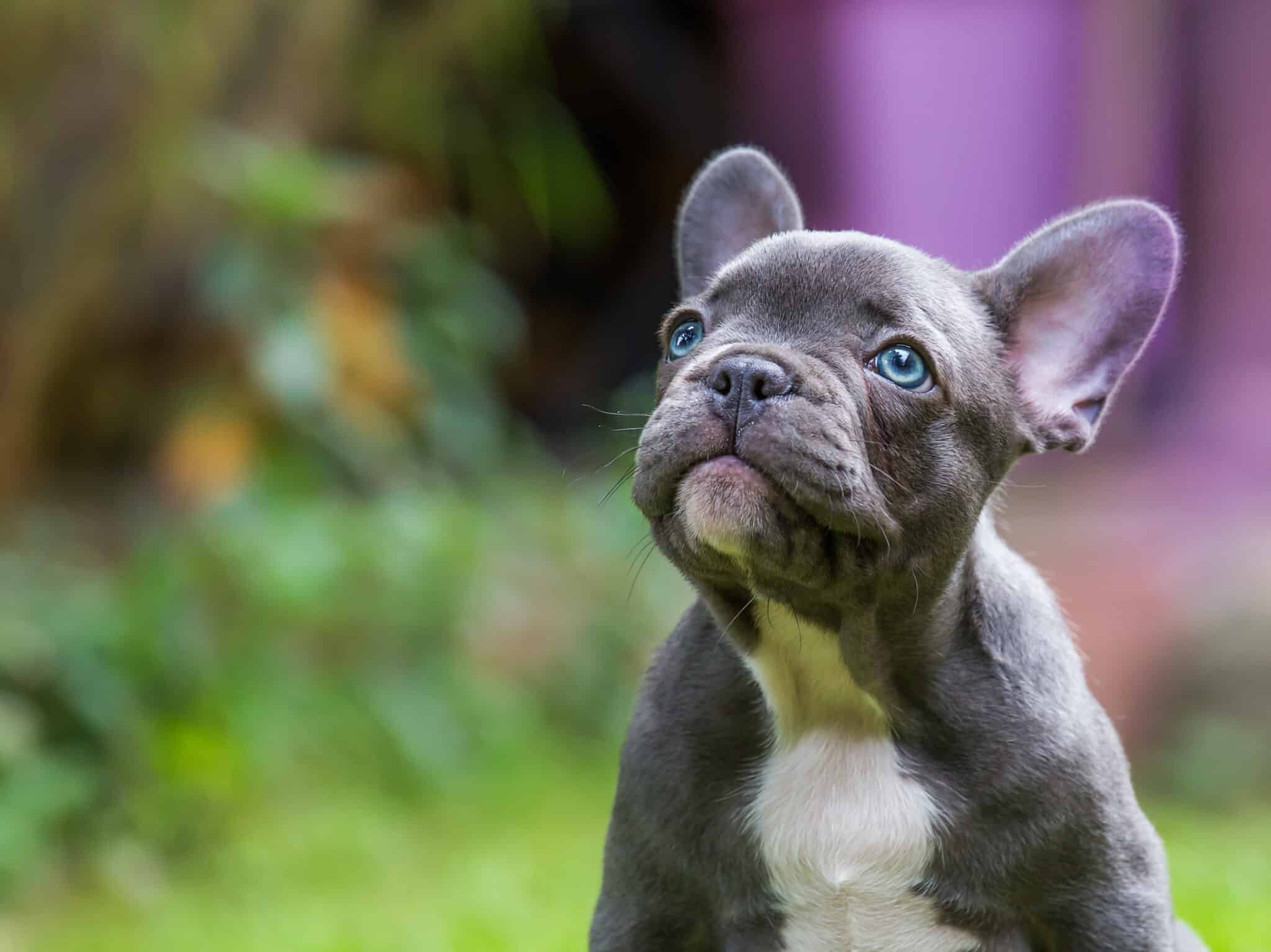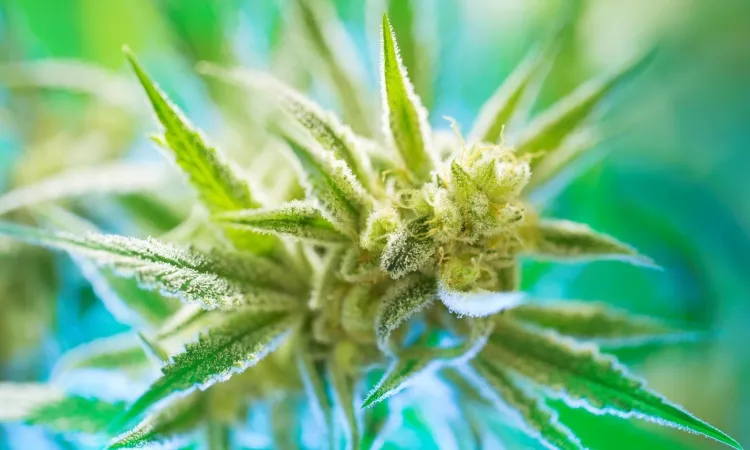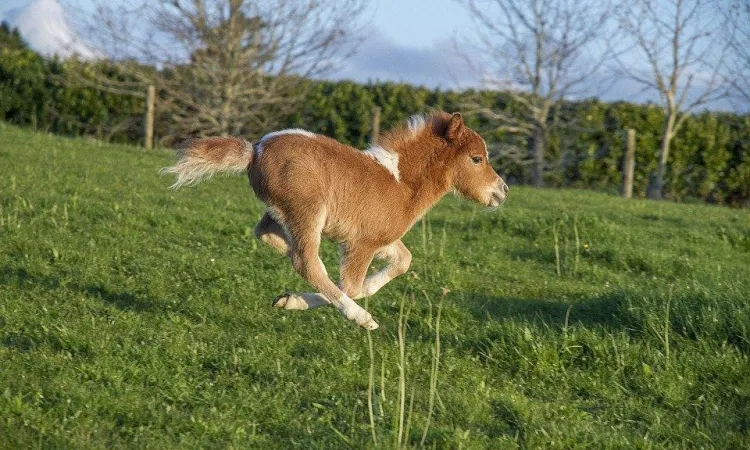ANIMALS
Is Your French Bulldog Worthy of a Stud Fee? How to Decide

As a French Bulldog owner, you may be wondering if your beloved pet is worthy of a stud fee. Breeding French Bulldogs can be a rewarding and lucrative experience, but not every dog is suitable for stud service. In this article, we will discuss how to determine whether your French Bulldog is worthy of a stud fee.
Health and Temperament
The first thing to consider when determining whether your French Bulldog is worthy of a stud fee is their health and temperament. A healthy and well-tempered dog is more likely to produce healthy and well-tempered puppies, which are highly desirable traits in the breeding community.
Before considering your dog for stud service, ensure that they are up-to-date on all necessary vaccinations and health screenings. This includes testing for genetic diseases and disorders that are common in French Bulldogs, such as hip dysplasia, brachycephalic syndrome, and allergies.
Additionally, French Bulldogs should have a stable and friendly temperament, as this trait is highly sought after by potential breeding partners. Dogs that are anxious or aggressive may not be suitable for breeding and may pass these traits on to their offspring.
Pedigree and Bloodlines
Another factor to consider when determining whether your French Bulldog is worthy of a stud fee is their pedigree and bloodlines. A dog with a strong pedigree and desirable bloodlines is more likely to produce high-quality puppies that are in demand within the breeding community.
Take a look at your dog’s pedigree and research their ancestors. Are there any notable champions or successful breeders in their bloodline? If so, this can significantly increase your dog’s value as a potential stud dog.
Physical Appearance and Conformation
Physical appearance and conformation are essential factors to consider when determining whether your French Bulldog is worthy of a stud fee. French Bulldogs should have a well-proportioned body, broad chests, and sturdy legs. Their ears should be erect and pointed, and their eyes should be dark and expressive.
Additionally, French Bulldogs should have a distinctive and attractive coat color, such as brindle, fawn, or white. A dog with an unusual or rare coat color can significantly increase their value as a potential stud dog.
Age and Fertility
Age and fertility are critical factors to consider when determining whether your French Bulldog is worthy of a stud fee. Male French Bulldogs typically reach sexual maturity between six and twelve months of age and can continue to breed throughout their life.
However, it’s essential to consider your dog’s age and fertility before breeding them. Older dogs may have a reduced sperm count or decreased fertility, which can affect the quality and quantity of their offspring.
Previous Breeding Experience
Finally, consider your French Bulldog’s previous breeding experience when determining whether they are worthy of a stud fee. A dog that has successfully produced high-quality puppies in the past is more likely to be in demand as a stud dog.
Additionally, breeders may be more willing to pay a higher stud fee for a dog with a proven track record of producing healthy and desirable puppies.
Stud Fee French Bulldog
A stud fee french bulldog is a payment made by the owner of a male dog to the owner of a female dog for the mating of the two dogs. The amount of the stud fee can vary widely depending on the breed of the dog and the reputation of the male dog.
For French Bulldogs, the stud fee can range from a few hundred to several thousand dollars. The amount of the stud fee will depend on several factors, including the reputation and pedigree of the male dog, as well as their physical appearance, health, and temperament.
The stud fee french bulldog may also be influenced by market demand for French Bulldog puppies. French Bulldogs are a popular breed, and demand for their puppies is high. As a result, stud fees for male French Bulldogs may be higher than for other breeds.
When setting a stud fee french bulldog for your male French Bulldog, it’s essential to consider the dog’s breeding potential and the value it can bring to the breeding community. Factors such as health, temperament, pedigree, physical appearance, and previous breeding experience should all be taken into account.
It’s also important to be aware of the risks and responsibilities that come with breeding dogs. Proper health screenings and genetic testing should be conducted before breeding to ensure the health and well-being of both the male and female dogs and their offspring.
Overall, setting an appropriate stud fee for your male French Bulldog is a crucial decision that should be made carefully and thoughtfully. By considering all the relevant factors and conducting proper health screenings and genetic testing, you can ensure that your dog is a valuable asset to the breeding community and set an appropriate stud fee that reflects its worth.
Conclusion
In conclusion, there are several factors to consider when determining whether your French Bulldog is worthy of a stud fee. Health and temperament, pedigree and bloodlines, physical appearance and conformation, age and fertility, and previous breeding experience are all essential factors to consider when evaluating your dog’s breeding potential. By carefully considering these factors, you can determine whether your French Bulldog is a suitable candidate for stud service and set an appropriate stud fee that reflects their value as a potential stud dog.
ANIMALS
What Is CBD Oil For Dogs?

You may probably have heard about CBD oil that is rising in popularity today. If you are a pet owner, your friends may have mentioned something about a miracle cure that can decrease anxiety and pain in dogs.
If you visit a pet store, you may notice some bottles of CBD oil on the shelves, and they are promising to treat your pet’s anxiety, seizures, pain, and more.
About CBD and THC
CBD is one of the hundreds of active compounds found in the plant Cannabis sativa. This is unlike THC or tetrahydrocannabinol that has a psychoactive compound. Since the cannabidiol has only about 0.3% of THC, it is not enough to make your pet get “high.” Instead, it is a beneficial compound used to treat many medical conditions in canines without the adverse side effects of getting stoned.
There are still many studies needed to back-up some of the anecdotal evidence mentioned by many pet parents. But one thing is for sure, the CBD oil for dogs has a lot of beneficial effects that can help your canine in many ways. Some say that they see an improvement in the way their canines are eating their food. There seems to be more energy and appetite than before.
What’s more important is that cannabidiol is a non-psychoactive compound. This means that it can have many benefits that are being enjoyed by weed users but without the concern of getting stoned. The therapeutic benefits are ideal for the canines, but it would not be very pleasant for them to experience THC’s side effects.
The psychotic ingredient of marijuana that makes people high is not present at all in cannabidiol. Many canines are becoming less reactive to pain stimulus as a result. When they have arthritis, there’s still no evidence of the overall effect of cannabidiol on their bodies. Still, the pets are certainly less reactive to the pain, and the swelling is also mitigated.
Experience of a Vet with his Own Dog
The vet shared that he has a senior canine who seems to become jumpy during lights out and in the evening’s early hours. Many of them can’t see well in the dark because they have developed eye diseases. He said that his pet has become spooked when it’s late at night, and he hears it pacing back and forth. When he gives him cannabidiol extracts, his pet has just directly gone to sleep soundly.
Animal doctors have questions, of course, on how the entire thing is working. As of this time, they may seem still unsure of how the product works.
Some wanted to know more if the oil is just helping with the anxiety attacks, or the product is just making the dog drowsy? One thing researchers know is that the cannabidiol oil helps with the symptoms, and the older canine seems to benefit from it. You can learn more about CBD oil on this site here.
Risks Associated with Cannabidiol
As a pet owner, it is normal to ask whether there are risks that you should know about. At the moment, the researchers are still trying to find out the overall scope of the risks that may be involved in administering cannabidiol oil to animals.
The Food and Drug Administration in the US has not yet stated that it approves CBD for human and animal use. Therefore, there are no known official recommendations of dosage that pet owners should follow. There’s a significant risk, especially if you purchase the oil from untrusted sources. You may want to read reviews and forums about a specific product before buying it in the first place to ensure its safety.
Using Pet-Specific CBD
If you are buying a product, you should choose a pet-specific one so that the cannabidiol and other compounds’ concentration will be safer. Make sure that there are no harmful products mixed into the bottle because this is an unregulated industry where extreme caution should be exercised.
The products with droppers and tinctures that are safe, but it’s still better to get a second opinion. Aside from the oil, there are also treats, soap, cream, and other specially manufactured products for pets. Some are veterinary-specific oil made into a gummy form, and they come from the most reputable manufacturers out there.
The products for canines work like any other cannabidiol. You can learn more about cannabidiol here: webmd. They can be placed topically or ingested, and it still depends on the medical condition that you are trying to resolve for your pet. Additionally, the dogs have the same endocannabinoid system as humans, so there should be no extreme side effects that they should experience while taking CBD.
Check the labels and pay extra addition to the ingredients. If there are suspicious mixes that you are not familiar with, search them on the internet and see if they are safe for dogs. The manufacturer should adhere to the Food and Drug Administration rules and regulations, and third-party laboratories should have tested the products.
It’s also best if you buy from a shop with excellent customer service. They should provide you with the information that you need, and if something bad happens, they can offer options and assistance to you and your canine. By following the guidelines above, you’ll make your dogs healthier, and they will be able to get the relief from arthritis or back pain that they are seeking.
Some owners reported that their pet dogs were livelier and more energetic when they were given CBD oil. Of course, not all have the same results, so it’s still best to be vigilant with new products and make sure that your pet is consuming something safe, healthy, and effective.
ANIMALS
All About the Miniature Horse

Miniature horses or minis are becoming popular in the equestrian world. They have sweet dispositions that aren’t easy to resist, and their adorable appearance attracts many pet owners. Their minis are popular for their sociable nature and small stature. They are often kept as animal companions, but they need caring as much as the full-size horses.
Origins of the Minis
The miniature horses were produced by selectively breeding ponies and small horses. You can know more about them when you see this post for further information about the minis. Because of their sizes, they were utilized to work in the mines in their early days. Their origins can be traced back to the 1600s in Europe, where they became popular because nobilities own them. It took a few decades before they found their way to other countries like the United States.
Two primary registries are currently existing for the minis. There’s the American Miniature Horse Registry and the American Miniature Horse Association. These are formed by enthusiasts and breeders that love to share information about what they know about the animals.
Common Sizes
The sizes are measured in centimeters rather than using one’s hands. Some associations only count the sizes in 8.5 hands or equivalent to 34 inches. On the other hand, there’s the Registry that allows the measurements into divisions. The A division minis can measure 34 inches or less, and the B ones can be up to 38 inches. The average weight can fall between 150 to more than 300 pounds.
Uses and Breeding
These equines were bred initially because of their novel sizes and because people found some uses for them. Early on, they are required to work in the mines, where they become an asset. The minis were able to go deeper into small crevices and tight spaces, and they are valued by the wealthy.
The horses are considered pets in many households in America, although some may assign some jobs to them. Most may be too small to ride with their owners; others use them to pull smaller sleighs and carts.
There are also pet parents that take pride in their minis. They often join competitions where they display their equine’s most prized qualities and cute appearance. Some may be subjected to evaluation of their physical capabilities. They may run on obstacles, lead-lines, drive, jump, and many more. These are similar to dog sports in some countries.
What’s more, miniature horses are often used as a form of therapy for people. You can read more information about them when you click this link: https://www.sciencedaily.com/terms/miniature_horse.htm. Those who have impaired visions and hearings consider them as excellent emotional support systems. These animals are naturally affectionate and gentle so that they can be great companions for the elderly.
Markings and Colors to Know About
These equines have similar coat patterns and colors with their larger counterparts. Most often, one can notice finer and more solid coat colors than the others. Other breeds may display spotted coats similar to that of an appaloosa. The coats tend to be thicker than the full-size ones, and the tails and mains are more copious.
Characteristics Unique to Them
Their small sizes are one of their more famous trademarks. Unlike their pony counterparts with shorter and stocky builds, these minis look like full-size equine, just that they are slightly smaller visually. Their shrunken looks make them ideal for herding larger horses.
What’s more, these horses are known for their gentle, curious, and intelligent personalities. Most people love spending time with them, and vice versa. However, it’s still a good idea if they have adequate shelters, and they live outdoors for their wellbeing.
Nutrition and Diet
Like any other equines, the minis should be fed with a balanced diet. They should have access to excellent hay, rolled oats, grains, grasses, and occasional treats. Because of their smaller statures, they tend to overfeed. However, it’s still best to check their weights, activity levels, and overall health with the vets.
-

 Marketing1 year ago
Marketing1 year agoHow Often Should You Publish on a Blog?
-

 Technology1 year ago
Technology1 year agoIPHLPSVC Services Tuning? Windows 7/10
-

 Technology1 year ago
Technology1 year agoHow AI Can Transform Healthcare
-

 REVIEWS1 year ago
REVIEWS1 year agoBest Gaming Communities Like F95zone
-

 OUTDOOR1 year ago
OUTDOOR1 year agoColoring Black and White Photo at Home
-

 Technology1 year ago
Technology1 year ago5 Best React JS UI Frameworks for Swift Prototyping
-

 REVIEWS1 year ago
REVIEWS1 year agoAll You Need to Know About KissAnime – Is it Safe and Legal?
-

 GAMING1 year ago
GAMING1 year agoPick N Mix: A Slots Adventure for Everyone
